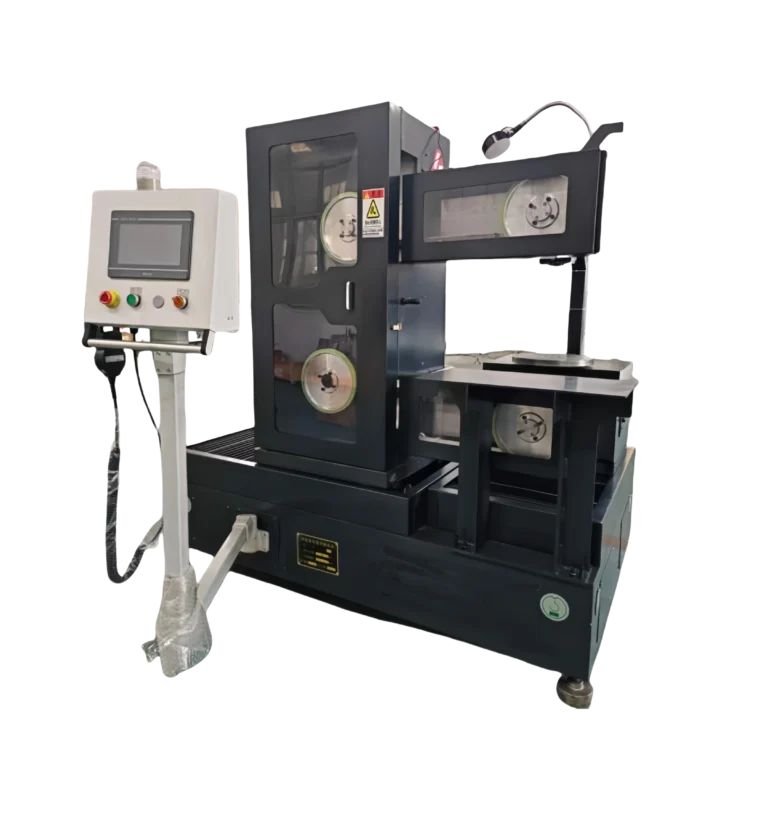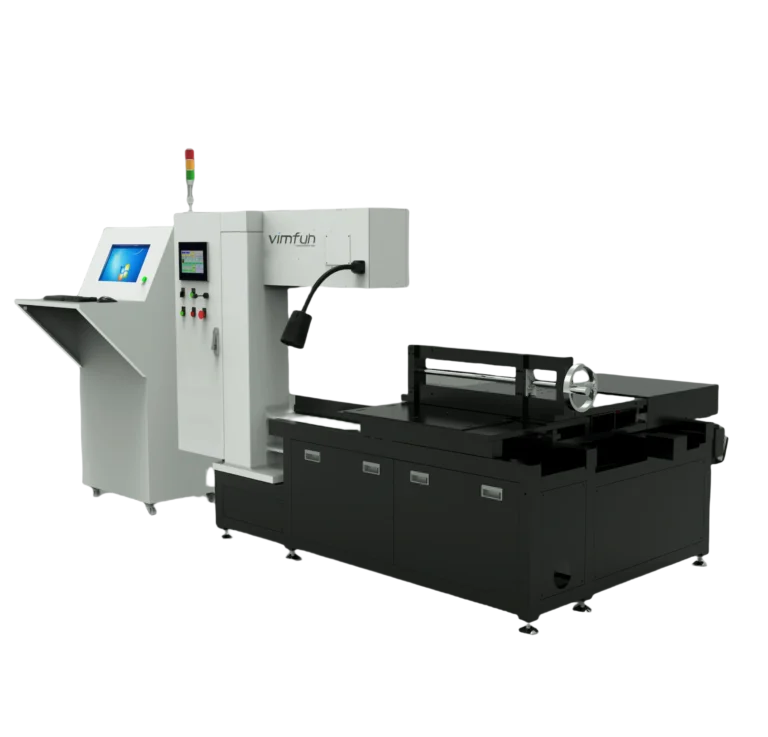Graphite cutting is an essential process in industries such as electronics, metallurgy, aerospace, and precision tooling. With the increasing demand for high-performance graphite components, the methods used for cutting and shaping this brittle yet versatile material have evolved. Among the most commonly used tools in graphite machining are the diamond wire saw and the traditional band saw. Each has its own advantages and limitations depending on the specific application. This article provides a detailed comparison between these two cutting methods to help manufacturers choose the right solution for their production needs.

1. Precision and Surface Finish in Graphite Cutting
Precision is a critical factor in many graphite applications, particularly where tight tolerances or smooth surfaces are required.
- Diamond wire saws use a thin wire embedded with diamond abrasives to slice through graphite with minimal force. This results in narrow kerf widths and extremely smooth surface finishes, reducing the need for secondary machining.
- Band saws, by contrast, utilize a toothed metal blade that physically tears through the material. While effective for rough cutting, this method often leads to chipping and rough edges, which can negatively impact dimensional accuracy and surface quality.
For applications such as EDM electrode manufacturing or graphite components for fuel cells, the high precision of a diamond wire saw is typically preferred.
2. Cutting Efficiency and Material Loss
Efficiency is not only measured in speed but also in how much usable material is retained after cutting.
- Diamond wire saws excel at producing thin cuts with minimal material loss. Their low-friction operation also reduces tool wear and energy consumption, especially in large-volume production.
- Band saws, though generally faster for rough cuts, remove more material per pass due to their thicker blades and wider kerfs. Additionally, their cutting action generates more heat and dust, which can degrade material quality and require more cleanup.
👉 Click here to explore our diamond wire saw machines designed for precision graphite cutting.
3. Dust Control and Work Environment in Graphite Machining
One of the significant challenges in graphite machining is managing the fine carbon dust that results from cutting.
- Diamond wire saws are often equipped with water cooling or vacuum extraction systems that help suppress dust generation. This not only creates a safer working environment but also protects nearby machinery from contamination.
- Band saws generate considerable dry dust due to their aggressive cutting motion. While dust collection systems can be added, they are often less efficient than the integrated control mechanisms available with wire saws.
For cleanroom environments or operations with high environmental standards, diamond wire saws offer a clear advantage.
4. Versatility and Application Scope
Each tool type serves different production scenarios depending on part complexity, size, and required finish.
- Diamond wire saws are ideal for:
- Precision slicing of graphite blocks and plates
- Producing complex shapes with CNC-controlled paths
- Cutting thin graphite sheets with minimal deformation
- Band saws are better suited for:
- Rapid rough cuts
- Preparing graphite blanks for further processing
- Low-budget or workshop-scale tasks where accuracy is not a top priority
If your production emphasizes precision and surface integrity, a diamond wire saw provides far more flexibility.
5. Maintenance and Operating Costs
While diamond wire saws may involve higher initial investment, they often prove more cost-effective over time.
- The diamond wire wears down gradually and can last for many hours when properly maintained. The absence of large rotating parts also reduces mechanical failure risks.
- Band saws, in contrast, require frequent blade replacements due to the abrasive nature of graphite. Blade drift, tensioning issues, and vibration can also lead to increased maintenance needs and inconsistent cutting results.
Over time, the lower scrap rate and reduced tool downtime of diamond wire saws can outweigh their upfront cost.

6. Summary: Choosing the Right Tool for Graphite Cutting
When comparing diamond wire saws to traditional band saws, the decision ultimately comes down to the desired balance between cost, precision, and production volume.
| Feature | Diamond Wire Saw | Band Saw |
|---|---|---|
| Precision | High | Medium to low |
| Surface Finish | Smooth, minimal post-processing | Rough, requires additional finishing |
| Dust Control | Excellent (wet/dry extraction options) | Poor to moderate |
| Material Loss | Minimal (narrow kerf) | Higher (wider kerf) |
| Maintenance | Low (long tool life) | High (frequent blade changes) |
| Application Suitability | High-precision, clean environments | Rough shaping, low-cost applications |
For modern graphite machining operations that demand accuracy, cleanliness, and process control, the diamond wire saw clearly offers superior performance. While band saws retain value for bulk or preparatory cutting, investing in a wire saw is often the strategic choice for manufacturers focused on quality and long-term efficiency.





